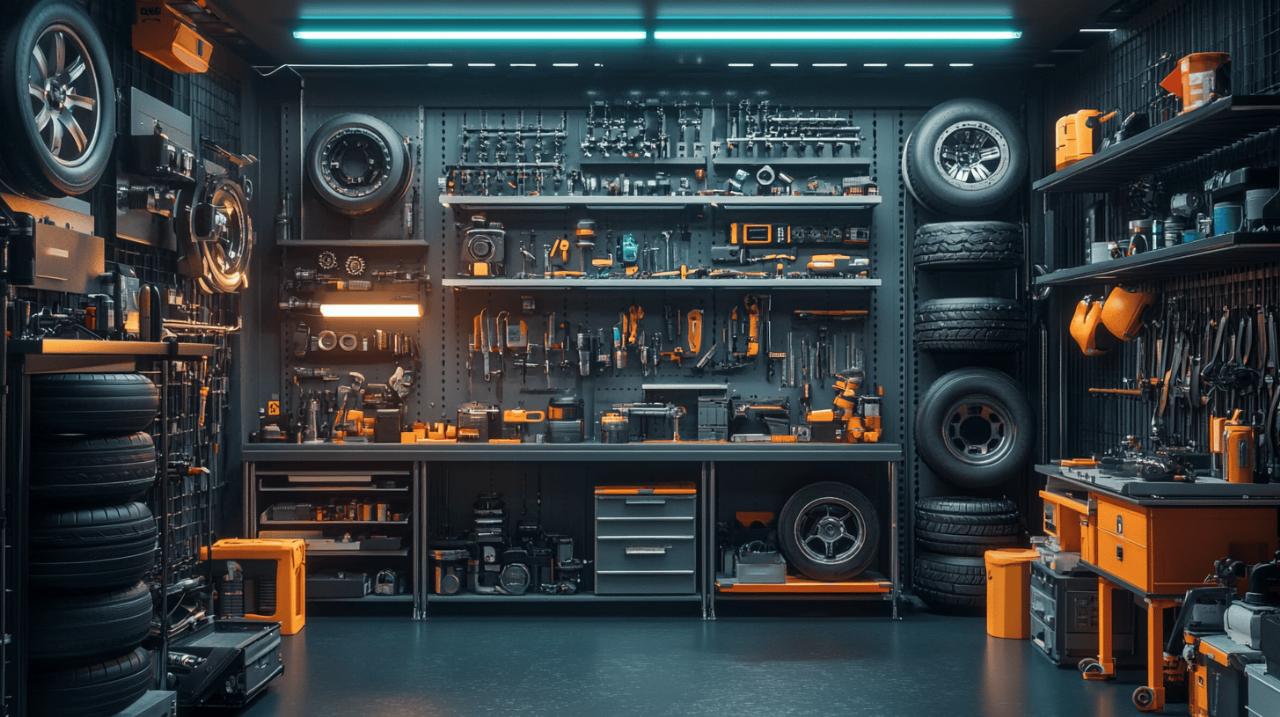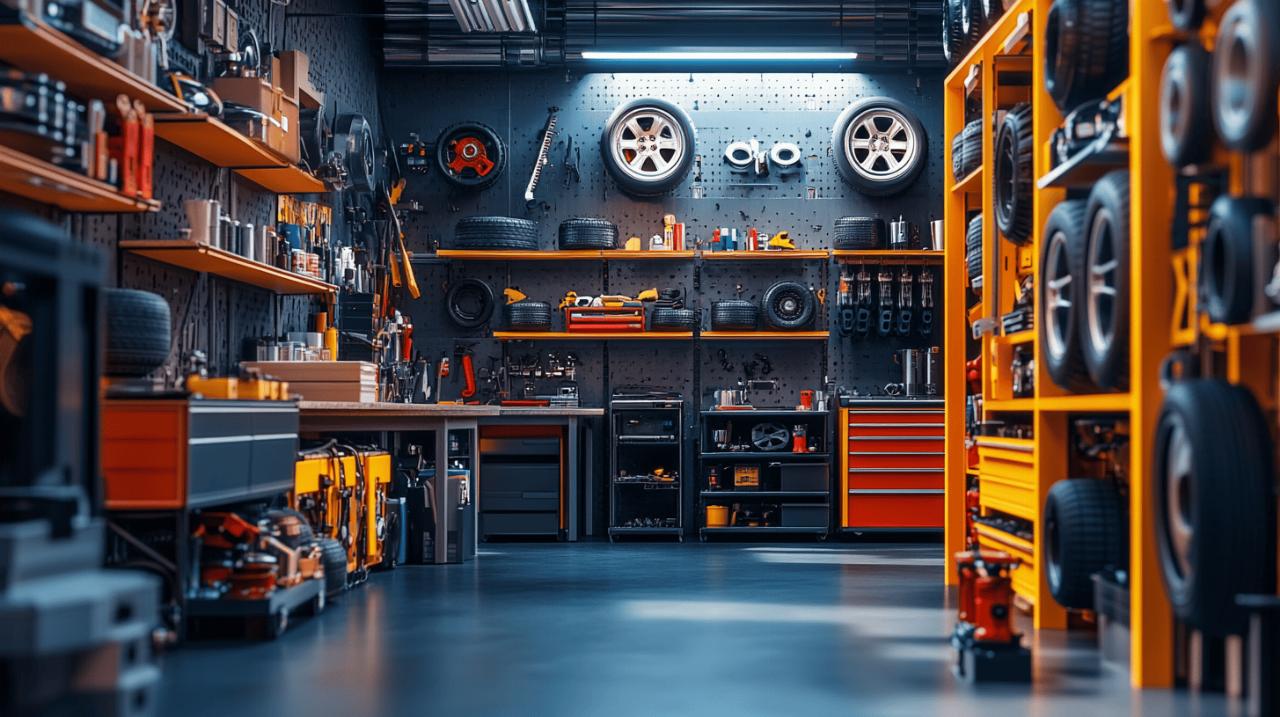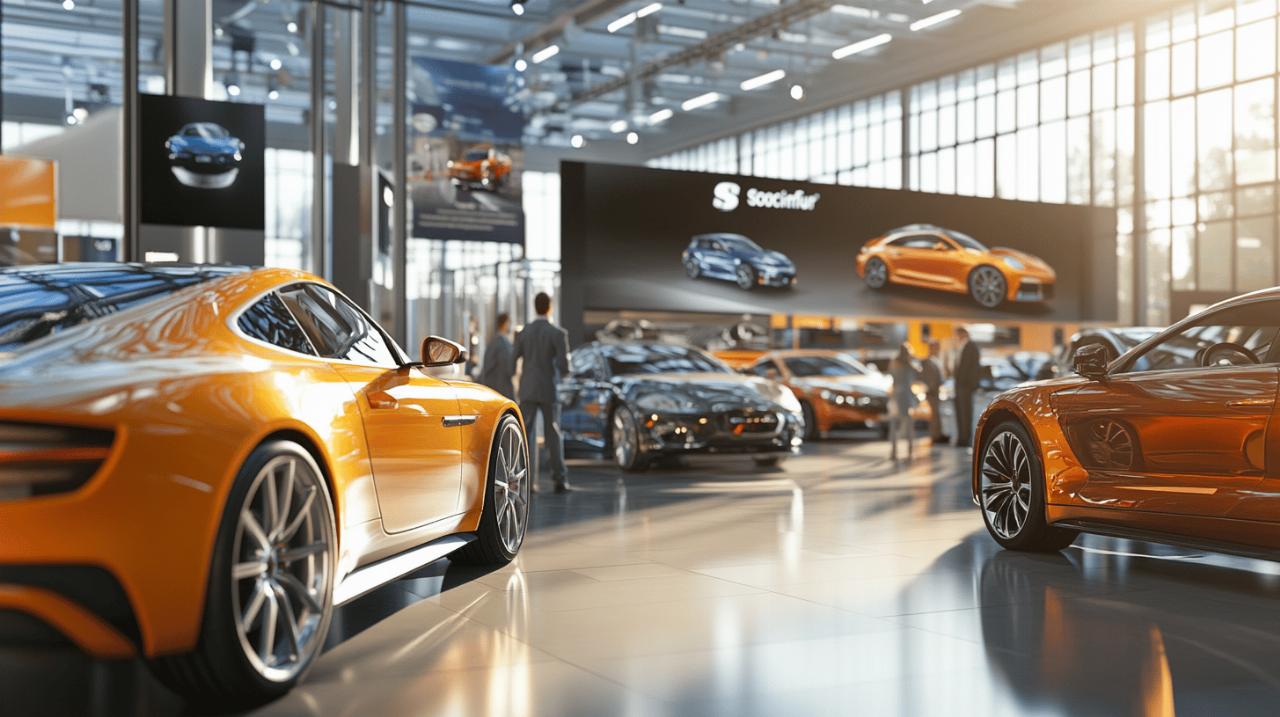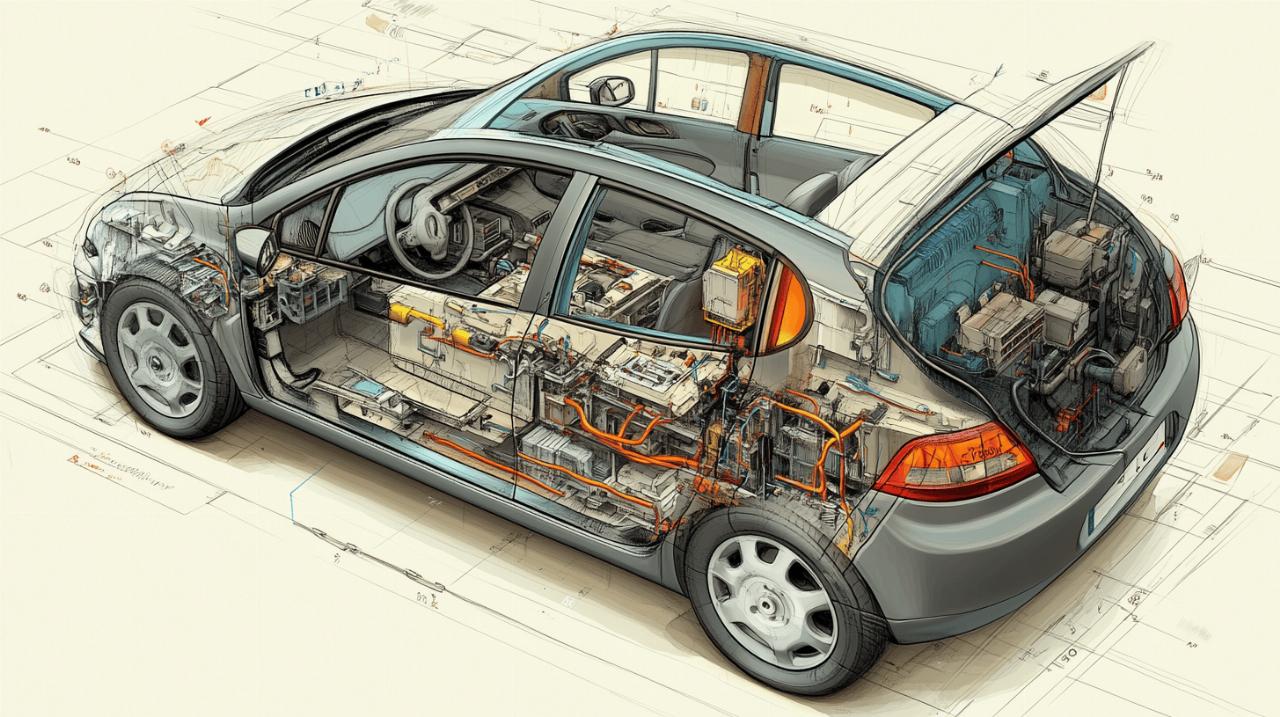When maintaining your vehicle or undertaking a restoration project, the importance of sourcing quality automotive lighting components cannot be overstated. Whether you're replacing worn headlights, upgrading your indicators, or fitting new lenses, understanding the nuances of each component ensures your car remains safe, compliant, and performing at its best. This guide explores the essential considerations for selecting the right parts, evaluating suppliers, and ensuring your vehicle's lighting system meets the highest standards.
Understanding quality standards for automotive lighting components
Automotive lighting serves a dual purpose: it illuminates the road ahead and ensures your vehicle remains visible to other road users. For safe driving, particularly during night driving or in low visibility conditions, the quality and reliability of your headlights and associated components are paramount. A complete headlight assembly comprises several critical elements, including lightbulbs, electric wiring, reflective glass, shielding covers, and the housing itself. Each of these parts must work in harmony to deliver optimal road illumination and vehicle visibility.
What distinguishes premium headlights from budget alternatives
The difference between premium and budget headlights often lies in the materials, design precision, and longevity of the components. Headlight housing materials, for instance, have evolved considerably over the decades. Modern housings are typically crafted from polycarbonate, a thermoplastic renowned for its lightweight properties and exceptional impact resistance. This choice of material ensures durability even in challenging driving conditions. Meanwhile, the reflector housing, which was standard before 1985, offers a simple and cost-effective solution but lacks the precise light control found in more advanced designs. In contrast, projector housing, introduced in the 1980s, delivers a sharper, more controlled beam pattern with reduced glare, enhancing both visibility and safety for drivers and other road users alike.
The type of lightbulbs used also plays a significant role in distinguishing quality. Halogen bulbs, with their colour temperature ranging from 3,200K to 3,500K and an output of 700 to 1,200 lumens, have been a staple for many years. However, their bulb lifespan of 500 to 1,000 hours is considerably shorter than newer alternatives. HID bulbs, by comparison, offer a longer lifespan of 2,000 to 3,000 hours and produce between 3,000 and 5,000 lumens with a colour temperature of 4,300K to 6,000K. LED headlights, meanwhile, represent the pinnacle of modern lighting technology, boasting an impressive lifespan of 30,000 to 50,000 hours, a colour temperature of 5,000K to 6,500K, and an output of 2,000 to 4,000 lumens. These figures highlight the significant advantages of investing in premium components that not only enhance visibility but also reduce the frequency and cost of replacements.
Certification and Safety Requirements for Replacement Lenses
Replacement headlight lenses must meet stringent safety standards to ensure they provide adequate light control and glare reduction. Clear headlight lenses are essential for proper illumination, as any discolouration or damage can significantly impair the effectiveness of the headlight assembly. Traditional glass lenses, while durable, are heavy and prone to shattering upon impact. As a result, polycarbonate plastic has become the material of choice for modern lenses, offering superior impact resistance and longevity. Reflectors within the housing are often made from thermoplastics such as polycarbonate and polymethyl methacrylate, both of which contribute to the precise direction and focus of the light beam.
Ensuring compliance with certification standards is crucial when selecting replacement lenses. In the United Kingdom, all automotive lighting components must adhere to regulations that govern their design, performance, and installation. These standards are in place to guarantee that your vehicle's lighting system not only illuminates the road effectively but also minimises the risk of dazzling oncoming traffic. When sourcing parts, always verify that they carry the appropriate certification marks and meet the required safety criteria.
Selecting the Proper Indicators and Lenses for Your Vehicle
Indicators are a fundamental aspect of vehicle safety, allowing you to signal your intentions to other road users. Selecting the correct turn signal bulbs and lenses is therefore essential for ensuring both legal compliance and effective communication on the road. The process begins with understanding your vehicle's specific requirements and the regulations that govern indicator colours and visibility.
Matching Specifications to Your Vehicle's Make and Model
Each vehicle is designed with a unique set of specifications, and automotive lighting components are no exception. When choosing replacement indicators or lenses, it is vital to match the specifications to your vehicle's make and model. This includes verifying the bulb type, wattage, and socket design, as well as ensuring that the lens fits securely within the existing housing. Mismatched components can lead to poor performance, increased replacement cost, and even safety hazards.
For those undertaking restoration projects or maintaining older vehicles, sourcing the correct parts can be particularly challenging. Original Equipment, or OE parts, are manufactured to the same standards as the components originally fitted to your vehicle, ensuring a perfect fit and reliable performance. However, aftermarket parts can offer a cost-effective alternative, provided they are sourced from reputable suppliers. When evaluating aftermarket options, consider factors such as quality, fitment, warranty, price, performance, and brand reputation. A well-chosen aftermarket component can deliver excellent value without compromising on safety or longevity.
Colour Regulations and Legal Compliance for Indicator Lenses
In the United Kingdom, indicator lenses must comply with strict colour regulations to ensure they are easily recognisable to other road users. Indicators must emit an amber light, and any deviation from this standard can result in a failed MOT test or even legal penalties. When replacing indicator lenses, it is essential to verify that the colour temperature and intensity meet the required specifications. This is particularly important if you are considering aftermarket parts, as some budget alternatives may not adhere to these standards.
Beyond colour, the positioning and visibility of indicators are also subject to regulation. Lenses must be free from cracks, discolouration, or excessive wear, as these issues can reduce the effectiveness of the signal and compromise road safety. Regular inspection and timely replacement of damaged lenses are therefore crucial for maintaining compliance and ensuring safe driving.
Sourcing reliable auto parts: finding trustworthy suppliers
 Finding a trustworthy supplier for automotive lighting components is a skill in itself. With a mixed bag of garages and parts specialists available across the country, it can be difficult to distinguish the reliable from the less reputable. However, taking the time to research and evaluate your options can save you both time and money in the long run.
Finding a trustworthy supplier for automotive lighting components is a skill in itself. With a mixed bag of garages and parts specialists available across the country, it can be difficult to distinguish the reliable from the less reputable. However, taking the time to research and evaluate your options can save you both time and money in the long run.
Evaluating local garages and parts specialists
When searching for a local garage or parts specialist, consider their expertise, range of stock, and reputation within the community. A garage that is well-versed in automotive lighting systems will be able to guide you through the selection process, helping you choose components that match your vehicle's specifications and your budget. They should also be able to source both OE and aftermarket parts, offering you a choice between guaranteed fitment and potential cost savings.
Location is an important factor in this process. For instance, if you are based in Bethany, you will want to find a local supplier who understands the specific needs of your vehicle and can provide prompt service. Similarly, those in Reims will benefit from a garage with access to a wide range of parts and the technical knowledge to ensure they are fitted correctly. Proximity to a reliable supplier means you can avoid long delays and keep your vehicle on the road with minimal downtime.
The Value of Recommendations from Motoring Enthusiasts
Word of mouth remains one of the most effective ways to identify trustworthy suppliers. Chatting with members of your local car club or seeking advice from fellow motoring enthusiasts can provide invaluable insights into which garages and parts specialists offer the best service. Enthusiasts who have undertaken similar projects will have firsthand experience with different suppliers and can help you avoid those that may not be worth your time.
Recommendations from the motoring community can also highlight suppliers who specialise in particular types of vehicles or components. For example, if you are working on a vintage car, you may benefit from a specialist who has extensive experience sourcing rare or discontinued parts. Alternatively, if you are upgrading to LED headlights or a projector housing system, a supplier with expertise in modern lighting technology will be able to provide the guidance you need to make an informed decision.
Installation and maintenance best practices
Once you have sourced the right components, proper installation and maintenance are essential to ensure they perform optimally and deliver the expected lifespan. Whether you are fitting new headlights, replacing lenses, or upgrading indicators, following best practices will help you avoid common pitfalls and keep your vehicle in top condition.
Fitting replacement headlights and lenses correctly
The installation of replacement headlights and lenses requires careful attention to detail. Begin by ensuring that all components are clean and free from debris, as dirt or moisture can affect the performance and longevity of the parts. When fitting a new headlight assembly, verify that the electric wires are securely connected and that the housing is properly aligned. Misalignment can result in an incorrect beam pattern, reducing visibility and increasing the risk of dazzling other drivers.
If you are replacing only the lenses or bulbs, take care to handle them gently to avoid scratches or cracks. For polycarbonate lenses, avoid using abrasive cleaners, as these can damage the surface and impair light transmission. When installing new bulbs, avoid touching the glass with your bare hands, as oils from your skin can reduce the bulb lifespan and cause uneven heating. If you are upgrading from halogen to LED or HID bulbs, ensure that your vehicle's electrical system is compatible with the higher power requirements and that any necessary adapters or resistors are fitted correctly.
Long-term care to maximise component lifespan
Regular maintenance is key to maximising the lifespan of your automotive lighting components. Inspect your headlights, indicators, and lenses periodically for signs of wear, such as yellowing, cracking, or condensation inside the housing. Yellowing or discolouration of polycarbonate lenses can significantly reduce light output and should be addressed promptly, either through professional restoration or replacement. Condensation inside the housing often indicates a faulty seal and should be repaired to prevent moisture damage to the internal components.
Cleaning your lenses regularly will help maintain clarity and ensure optimal light transmission. Use a mild detergent and a soft cloth to remove dirt and grime, and consider applying a protective coating to shield the lenses from UV damage and environmental contaminants. For vehicles that are frequently driven at night or in challenging conditions, more frequent inspections and cleaning may be necessary to ensure safe driving and vehicle visibility.
In addition to regular cleaning and inspection, it is wise to keep a record of when components were last replaced. This can help you anticipate when a bulb or lens may be approaching the end of its lifespan and allow you to schedule a replacement before a failure occurs. By staying proactive and attentive to the condition of your automotive lighting system, you can avoid unexpected breakdowns and ensure your vehicle remains safe and roadworthy for years to come.





